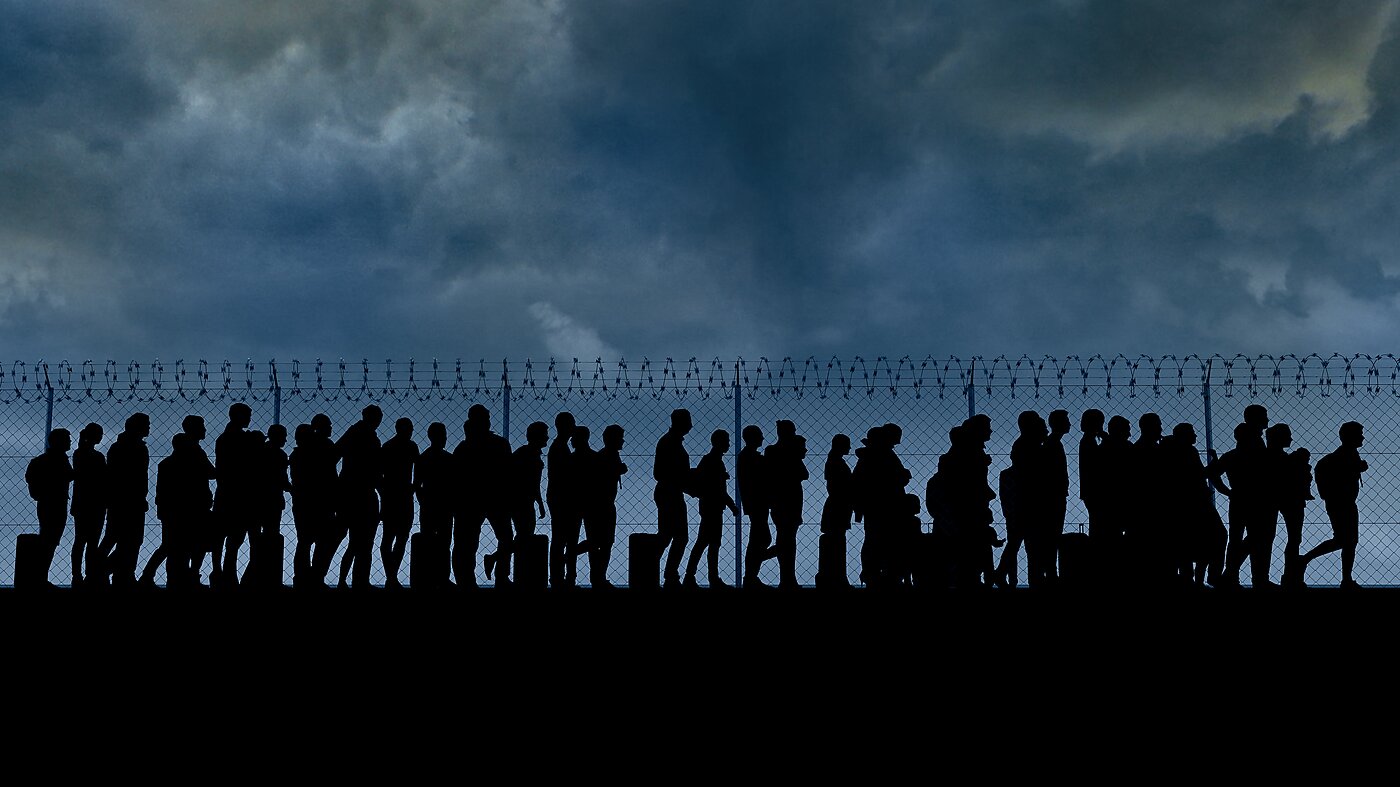President Biden is asking Congress for $13.6 billion to fund border enforcement operations, a significant portion of which will go to Immigration and Customs Enforcement (ICE) to detain more immigrants. This strategy is reminiscent of President Trump’s administration, which also poured resources into ICE detention in 2018 and 2019, but that effort produced very little change in the number of ICE removals—the stated goal for both Trump and Biden.
Figure 1 below shows the daily average population detained by ICE each month and the total removals that month for fiscal years 2015 to 2024 (as of December). The key period for evaluating the Biden administration proposal is the surge in detention, which resulted in an increase from 24,000 prisoners per day in February 2015 to 55,000 in August 2019.
The average daily detention population grew from 28,449 to 50,165 from FY 2015 to FY 2019, while average monthly removals increased from 19,618 to 22,272.
Annual removals increased by just 31,845 from 2015 to 2019, while the number of people placed in detention for any period during the year increased from 307,482 to 510,854 (Figure 2). In other words, ICE imprisoned about 203,000 more people in 2019 than in 2015, but just 16 percent of those people were actually removed. The dramatic increase in detention primarily resulted in a much higher number of individuals being subjected to periods of imprisonment at a big cost to US taxpayers before being released into the United States.
From FY 2015 to 2019, detention bed capacity grew on an average day by 21,716, while removals for the entire year increased by just 31,845. This implies that one additional detention bed leads to, at the very most, 1.5 additional removals. Yet even this significantly overstates the effect of detention on the marginal case, as ICE typically receives and removes the easiest cases first. Consequently, the ratio of removals to detention beds would certainly decrease as harder cases were subject to detention.
For this reason, it is reasonable to assume that ICE will need at least one bed for each additional removal it hopes to carry out. Border Patrol is on pace to release about 1.5 million people in FY 2024, so ICE will likely need at least 1.5 million detention beds. ICE spends, on average, $157.20 per day on each bed it maintains for detention, but ICE is not detaining any families, and family detention is about twice as expensive.
With families and children composing about half of Border Patrol arrests, we can assume that the 1.5 million additional beds would come in at a rate of about $129 billion per year, 16 times ICE’s total annual budget.
In fact, President Biden is proposing to increase ICE detention by only 9,000 beds, from the current 37,000 to 46,000. The federal government should detain and deport individuals who pose national security and public safety threats to the United States, but it should not spend taxpayer dollars on useless anti-immigrant theater. Moreover, the Department of Homeland Security’s Office for Civil Rights and Civil Liberties has found that ICE detention sites routinely mistreat their detainees in ways that are “barbaric,” and there is no reason to expose anyone unnecessarily to this type of treatment.
A more effective approach to address the border issue is to facilitate legal immigration: let people come legally. This approach has been demonstrated to work, would reduce government expenditures, and make the immigration process more orderly.

